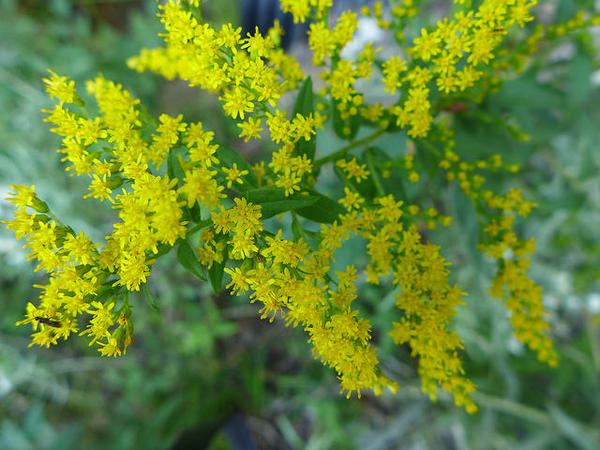
Any trip outdoors this month will find a lot of goldenrods in North America. Here are just a few of the species I’ve photographed over the years. All of them are different.
Can I tell you their names? No. Goldenrods are notoriously hard to identify.
Above, a beautiful bushy goldenrod at Acadia National Park in Maine.
Below, the classic goldenrod shape in Pittsburgh: a tall plant with narrow alternate leaves and a tassel of yellow flowers on top. To identify it I’d need more information than the photo provides. For instance: Do the leaves have two or three prominent veins? Are they toothed or entire? Is the main stem smooth or downy or both?
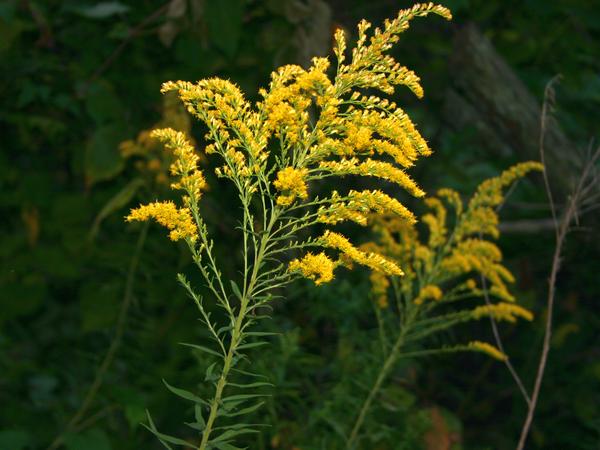
In the photo below: An unusual goldenrod shape photographed in Pittsburgh. The plant reaches out horizontally with flowers perched in clusters on top of the stem. The leaves are long and narrow. Perhaps it’s blue-stemmed or wreath goldenrod.
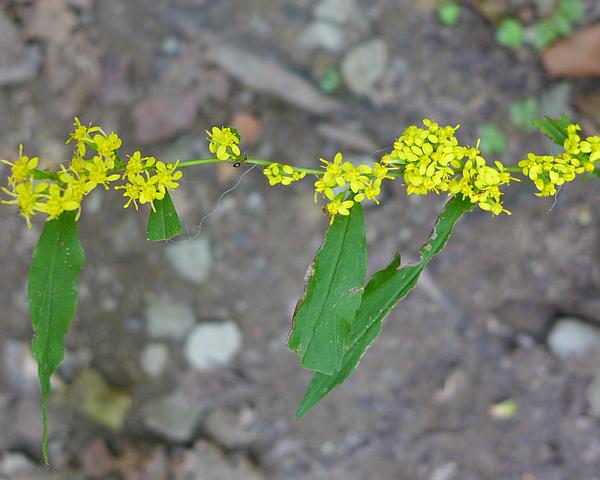
This one is a stand-up spike of yellow flowers with egg-shaped alternate leaves, found in Pittsburgh.
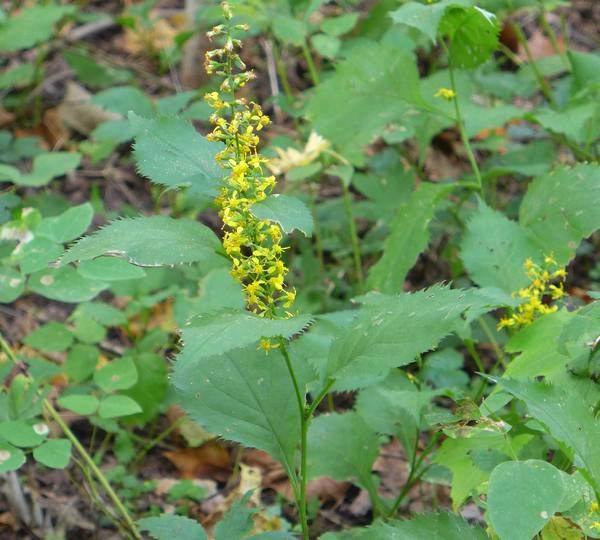
Is this goldenrod the same species as the tall tassel above? I don’t know.
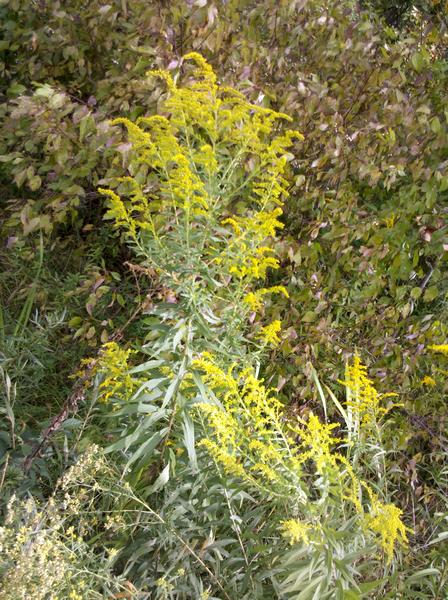
I’ve never seen white goldenrods in Pittsburgh. This spike of white flowers was photographed at Acadia National Park in Maine.
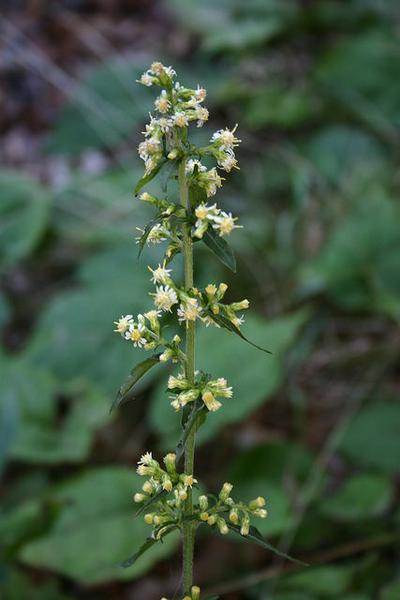
And finally, a ball-shaped flower cluster with long leaves, growing in a granite crack at Acadia National Park.
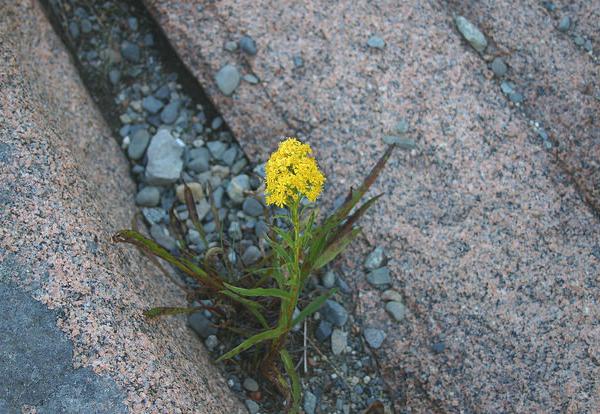
So much variety. So many goldenrods. And often so hard to identify.
(photos by Kate St.John)
Above tall tassled Pgh Goldenrod pic:
“Are they toothed or entire?”
Just not sure what the reference is for ‘entire’.
Rob, “entire” means not-toothed. It’s the term used in the Newcombs Field guide.
New one on me! Never saw that before.